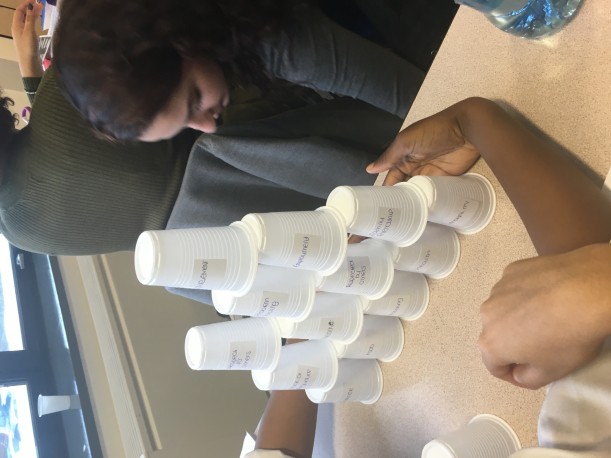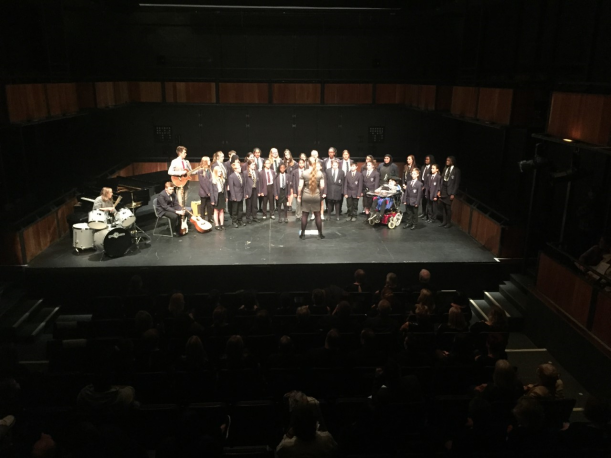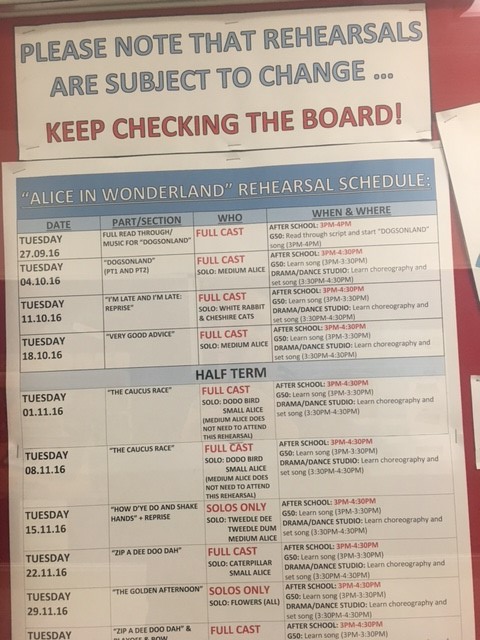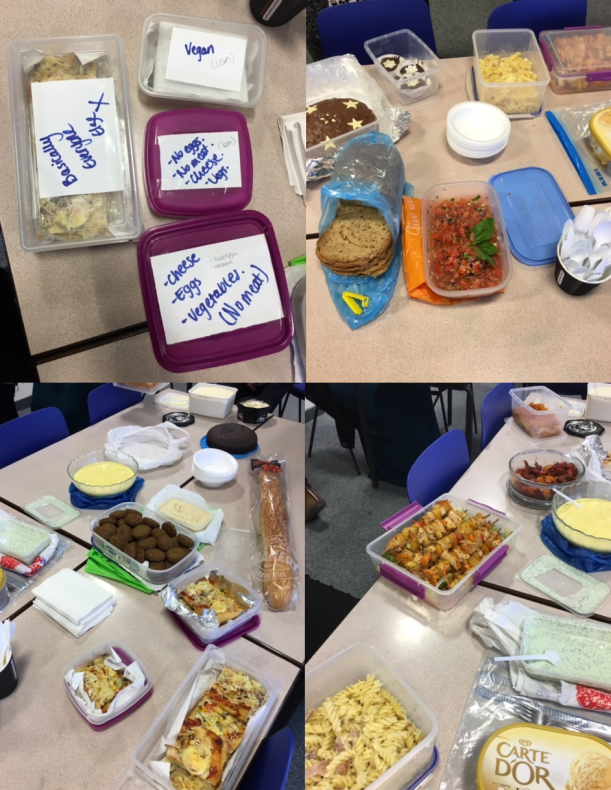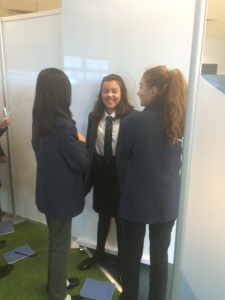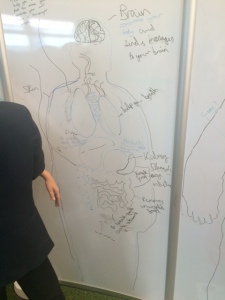By Sam Ashraf
The Humanistic Approach is now on the AQA specification… having taught Maslow’s Hierarchy of Needs some years ago (on the old OCR specification) it was nice to see it return.
The only issue is – How do you engage the students and make it relevant? One method I used to approach Maslow, was to ask students to recreate the pyramid (without having seen the original). Students are given the word list that contains all the elements from Maslow’s Hierarchy of Needs and some paper cups:
1.Food, 2. Sex, 3. Sleep, 4. Breathing, 5. Shelter, 6. Security, 7. Law & Order, 8. Employment, 9. Family, 10.Health, 11. Family, 12. Friends, 13. Sexual Intimacy, 14. Self-esteem, 15. Achievement, 16. Respect for others, 17. Confidence, 18. Creativity, 19. Spontaneity and 20. Morality
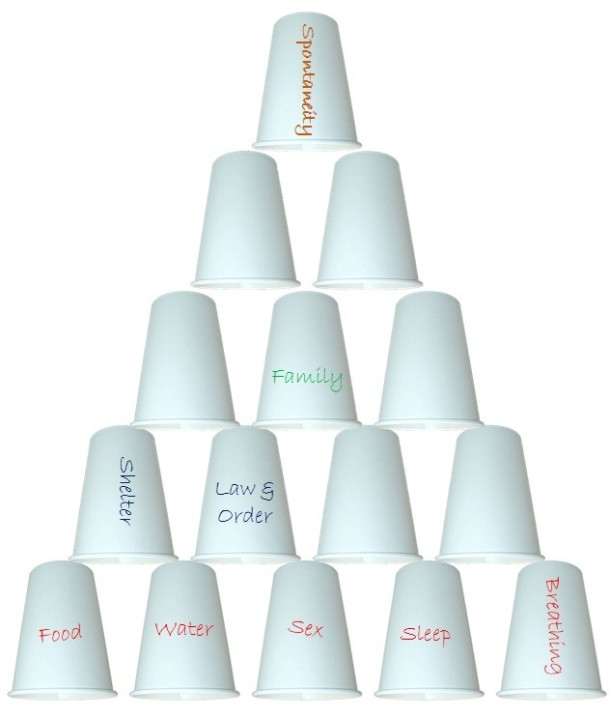
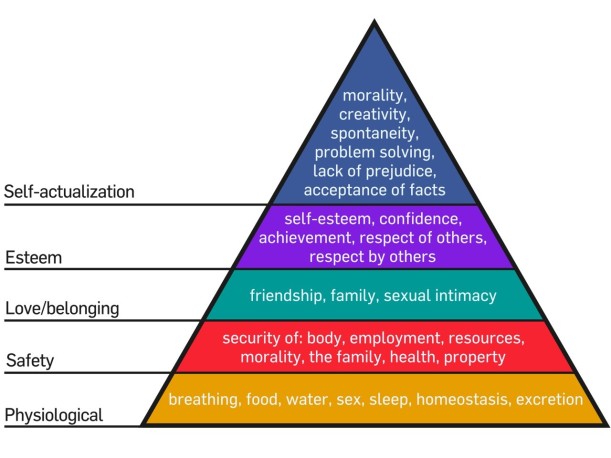
Your students should then work in pairs/groups to decide which 15 words they are going to use. Get your students to arrange the cups into a pyramid shape (with 5 levels) and tell them that the most important basic needs are at the bottom. Their job is to decide where to place their 15 words from the basic (survival) needs at the bottom, to those needs which are ‘nice to have’ at the top.
Once the students complete this task, let them compare their pyramid with the other groups and discuss why the placed certain needs at the various different locations. You will find that students start to argue over where certain needs should be placed, which provides an interesting discussion for later evaluation.
Then, show them the final pyramid (see below) to see if they were able to recreate Maslow’s Hierarchy.
It was great to see how the students place the needs within their pyramid and how they justify them. Why not try teaching Maslow’s Hierarchy of Needs using paper cups!
